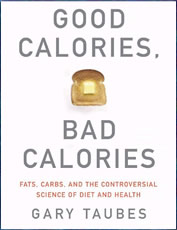 Good & Bad Calories (starts at 4:50) Ever since the 1970s, the rise of obesity in the United States has an epidemic. Researchers around the world are trying desperately to figure out why so many of us get fat, and what we can do to change that. A large amount of funding, and support from public health policy, goes toward the hypothesis that we get fat because we eat too many calories and do not exercise enough; when someone eats more calories than they need, the instructions go, they should exercise. That’s “Calories in, Calories Out.” But recently, an expert with a different point of view spoke to a packed audience of doctors, staff and medical students at the University of Colorado Medical Center. The expert is Gary Taubes, the author of the New York Times bestsellers “Good Calories, Bad Calories” and “Why We Get Fat“. Taubes is also the recipient of angel investor funds: $60 million to devote to research to better understand how the kinds of foods we eat affect our metabolism. Central to Taubes’ ideas is the opinion that “Calories in, Calories Out” simply cannot be enough to explain, or help people, maintain a healthy weight. In this feature, we provide an excerpt from his talk at the CU Medical School.
Good & Bad Calories (starts at 4:50) Ever since the 1970s, the rise of obesity in the United States has an epidemic. Researchers around the world are trying desperately to figure out why so many of us get fat, and what we can do to change that. A large amount of funding, and support from public health policy, goes toward the hypothesis that we get fat because we eat too many calories and do not exercise enough; when someone eats more calories than they need, the instructions go, they should exercise. That’s “Calories in, Calories Out.” But recently, an expert with a different point of view spoke to a packed audience of doctors, staff and medical students at the University of Colorado Medical Center. The expert is Gary Taubes, the author of the New York Times bestsellers “Good Calories, Bad Calories” and “Why We Get Fat“. Taubes is also the recipient of angel investor funds: $60 million to devote to research to better understand how the kinds of foods we eat affect our metabolism. Central to Taubes’ ideas is the opinion that “Calories in, Calories Out” simply cannot be enough to explain, or help people, maintain a healthy weight. In this feature, we provide an excerpt from his talk at the CU Medical School.
 PhD Comics (starts at 13:50) Unless you work in science, you may not always be aware of the humor that goes on among scientists and what the culture is like. So what better way to show the comic parts of science than by way of a comic strip? One of the more well-known science-oriented comic strips is called “PhD Comics” and is written by Jorge Cham, who is trained as an engineer, holds a bachelors degree from Georgia Tech and a PhD in robotics from Stanford. He also was an instructor at Caltech, a researcher in a neuroscience lab, where he studied brain-and-machine interfaces, and he also has a chemistry background. So he has a wide set of experiences to draw on…literally DRAW on…for his comic. We talk with Jorge Cham to find out more about the comic and other ways the scientist comic artist unveils the secret lives of scientists and, in particular, science grad students.
PhD Comics (starts at 13:50) Unless you work in science, you may not always be aware of the humor that goes on among scientists and what the culture is like. So what better way to show the comic parts of science than by way of a comic strip? One of the more well-known science-oriented comic strips is called “PhD Comics” and is written by Jorge Cham, who is trained as an engineer, holds a bachelors degree from Georgia Tech and a PhD in robotics from Stanford. He also was an instructor at Caltech, a researcher in a neuroscience lab, where he studied brain-and-machine interfaces, and he also has a chemistry background. So he has a wide set of experiences to draw on…literally DRAW on…for his comic. We talk with Jorge Cham to find out more about the comic and other ways the scientist comic artist unveils the secret lives of scientists and, in particular, science grad students.
Hosts: Joel Parker, Shelly Schlender
Producer: Joel Parker
Engineer: Jim Pullen
Executive Producer: Susan Moran
Listen to the show:
Podcast: Play in new window | Download (Duration: 24:46 — 22.7MB)
Subscribe:
 Summer is a time to celebrate our bursting gardens. But you may be wondering why your neighbor’s garden seems to be attracting all the butterflies, honeybees and hummingbirds, while yours seems to be attracting mostly aphids and raccoons. Our guest, Alison Peck, owner of Matrix Gardens in Boulder, talks with How On Earth host Susan Moran about how we make our gardens beautiful, biologically diverse, homes for native wildlife. She’s a landscape designer specializing in xeriscape, native plant and other earth-friendly landscapes.
Summer is a time to celebrate our bursting gardens. But you may be wondering why your neighbor’s garden seems to be attracting all the butterflies, honeybees and hummingbirds, while yours seems to be attracting mostly aphids and raccoons. Our guest, Alison Peck, owner of Matrix Gardens in Boulder, talks with How On Earth host Susan Moran about how we make our gardens beautiful, biologically diverse, homes for native wildlife. She’s a landscape designer specializing in xeriscape, native plant and other earth-friendly landscapes.



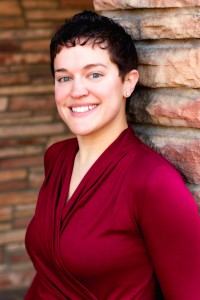
 Massive stars (start time 6:45)
Massive stars (start time 6:45) 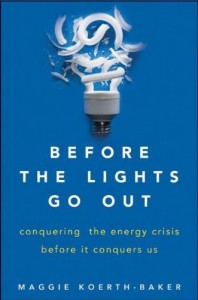

 Welcome to this special edition of How on Earth. This week, the 66th annual
Welcome to this special edition of How on Earth. This week, the 66th annual 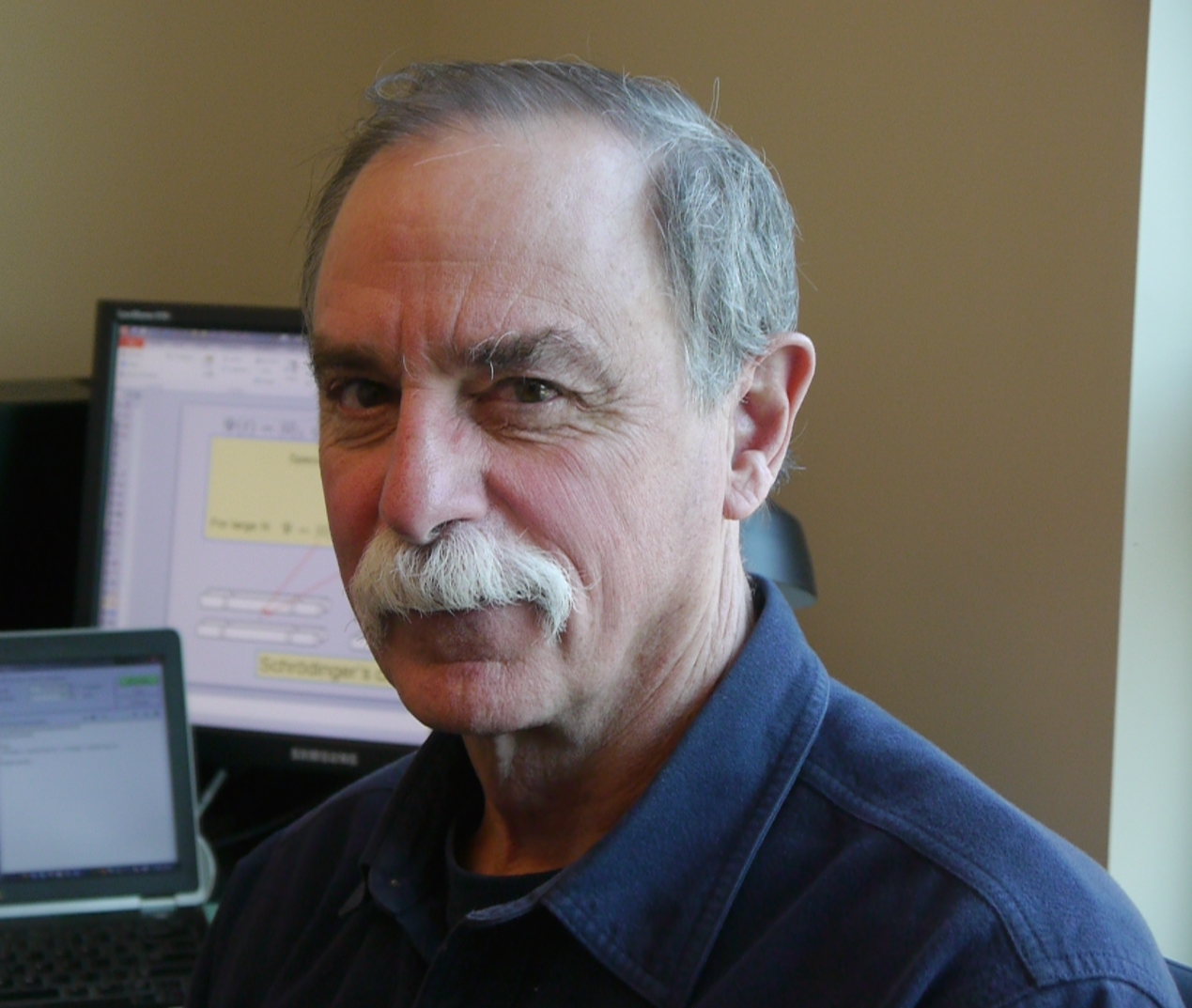
 Quantum Computers
Quantum Computers

 Her quest to learn whether dolphins have language, and to learn that language, is notable for its longevity. But her relationship with them is remarkably respectful, too. We last
Her quest to learn whether dolphins have language, and to learn that language, is notable for its longevity. But her relationship with them is remarkably respectful, too. We last 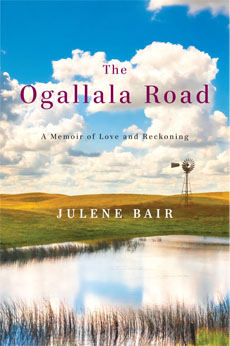 The Ogallala Road (start time 15:15). We often hear about how the Colorado River is running dry. The Western states that rely on its flowing water are struggling to reckon with how its depleting reservoirs will satiate growing populations. You’ve probably seen images of the white “bathrub rings” at Lake Powell and Lake Mead that expose the water line rings of years ago. But there’s an equally dramatic and dangerous drop in an invisible source of water. That’s the
The Ogallala Road (start time 15:15). We often hear about how the Colorado River is running dry. The Western states that rely on its flowing water are struggling to reckon with how its depleting reservoirs will satiate growing populations. You’ve probably seen images of the white “bathrub rings” at Lake Powell and Lake Mead that expose the water line rings of years ago. But there’s an equally dramatic and dangerous drop in an invisible source of water. That’s the 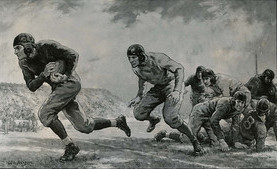

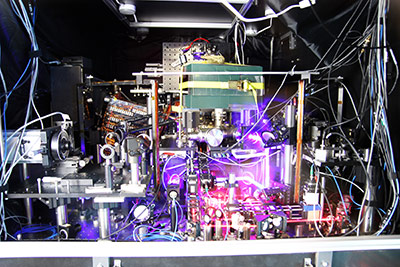 Strontium Clock (start time 14:10) We’ve got a full-house of physicists in the studio today to help us understand the new
Strontium Clock (start time 14:10) We’ve got a full-house of physicists in the studio today to help us understand the new 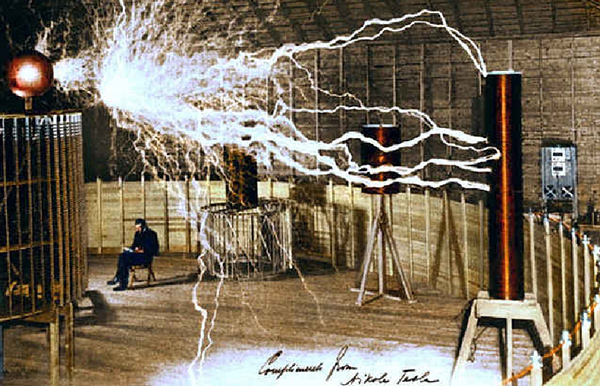
 Feature 1 – Tesla (start time 5:30) Nicola Tesla is one of the iconic figures of the early electrical age. He invented AC motor technology still used today in your DVD player and also polyphase AC power. He was a brilliant demonstrator, whose images of flowers of lightning growing from his inventions and portraits of his friend Mark Twain, illuminated by Tesla’s fluorescent bulbs, are still familiar today. He worked with and fought with the mighty JP Morgan and wireless radio great Marconi. He is a figure of mystery, who many believe presaged death rays and infinite and free energy for everyone on earth. Biographer
Feature 1 – Tesla (start time 5:30) Nicola Tesla is one of the iconic figures of the early electrical age. He invented AC motor technology still used today in your DVD player and also polyphase AC power. He was a brilliant demonstrator, whose images of flowers of lightning growing from his inventions and portraits of his friend Mark Twain, illuminated by Tesla’s fluorescent bulbs, are still familiar today. He worked with and fought with the mighty JP Morgan and wireless radio great Marconi. He is a figure of mystery, who many believe presaged death rays and infinite and free energy for everyone on earth. Biographer  Feature 2 – Octopus! (start time 14:35) If you doubt that the Octopus may be the most mysterious creature in the sea – consider this – an octopus has three hearts, eight arms, camouflaging skin, and some of them can figure out ways to do things that many humans can’t – such as getting the lid off of a child-proof bottle. Longmont resident
Feature 2 – Octopus! (start time 14:35) If you doubt that the Octopus may be the most mysterious creature in the sea – consider this – an octopus has three hearts, eight arms, camouflaging skin, and some of them can figure out ways to do things that many humans can’t – such as getting the lid off of a child-proof bottle. Longmont resident 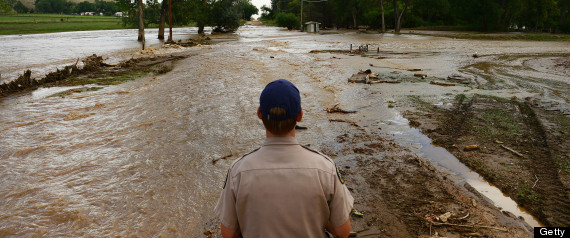
 Feature 1 – Flood Winners & Losers : Last month’s deluge cut canyons, real and felt, through many of our lives, but nature helps us remember that floods can build too. In this feature, How on Earth’s Jim Pullen speaks with Boulder’s wetland and riparian ecologist Marianne Giolitto about flood “winners and losers”. Marianne watches over 45,000 acres of the city’s open space and mountain parks wetlands and riparian habitats. Jim and the Boulder Open Space and Mountain Parks are working together on a
Feature 1 – Flood Winners & Losers : Last month’s deluge cut canyons, real and felt, through many of our lives, but nature helps us remember that floods can build too. In this feature, How on Earth’s Jim Pullen speaks with Boulder’s wetland and riparian ecologist Marianne Giolitto about flood “winners and losers”. Marianne watches over 45,000 acres of the city’s open space and mountain parks wetlands and riparian habitats. Jim and the Boulder Open Space and Mountain Parks are working together on a  Feature 2 – 100 Year Starship Symposium :
Feature 2 – 100 Year Starship Symposium : 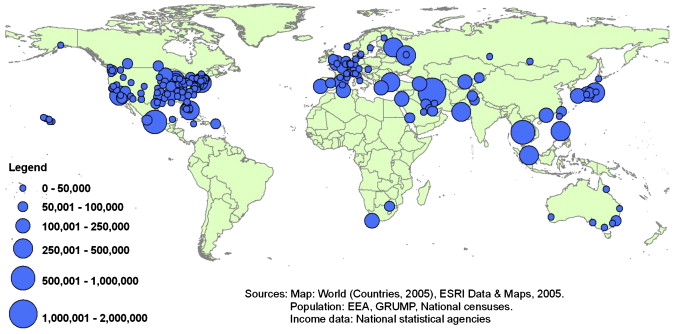

 Noise Pollution (starts at 6:15) – How on Earth’s Shelley Schlender talks with research scientist Larry Finegold about noise pollution and about a workshop being held today in Denver about
Noise Pollution (starts at 6:15) – How on Earth’s Shelley Schlender talks with research scientist Larry Finegold about noise pollution and about a workshop being held today in Denver about 
 Good & Bad Calories (starts at 4:50) Ever since the 1970s, the rise of obesity in the United States has an epidemic. Researchers around the world are trying desperately to figure out why so many of us get fat, and what we can do to change that. A large amount of funding, and support from public health policy, goes toward the hypothesis that we get fat because we eat too many calories and do not exercise enough; when someone eats more calories than they need, the instructions go, they should exercise. That’s “Calories in, Calories Out.” But recently, an expert with a different point of view spoke to a packed audience of doctors, staff and medical students at the University of Colorado Medical Center. The expert is
Good & Bad Calories (starts at 4:50) Ever since the 1970s, the rise of obesity in the United States has an epidemic. Researchers around the world are trying desperately to figure out why so many of us get fat, and what we can do to change that. A large amount of funding, and support from public health policy, goes toward the hypothesis that we get fat because we eat too many calories and do not exercise enough; when someone eats more calories than they need, the instructions go, they should exercise. That’s “Calories in, Calories Out.” But recently, an expert with a different point of view spoke to a packed audience of doctors, staff and medical students at the University of Colorado Medical Center. The expert is 